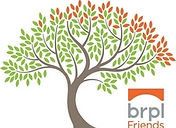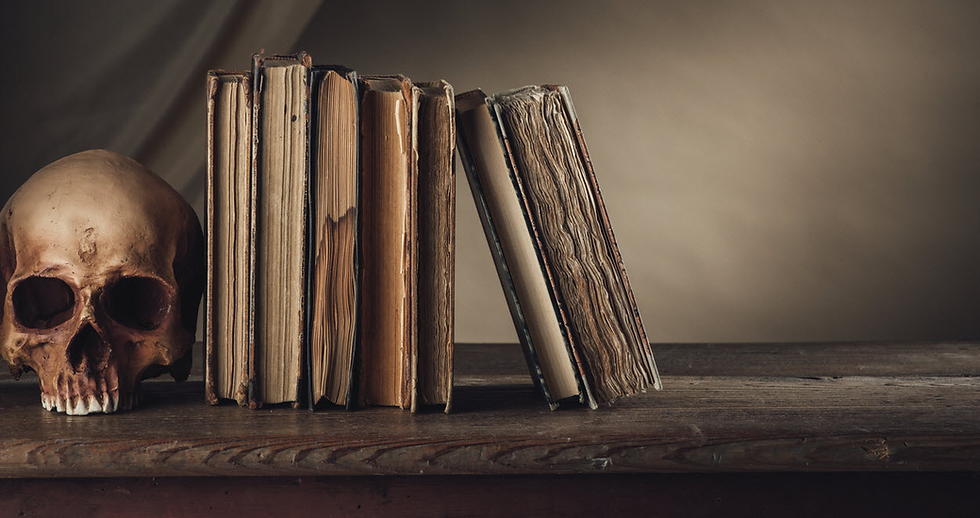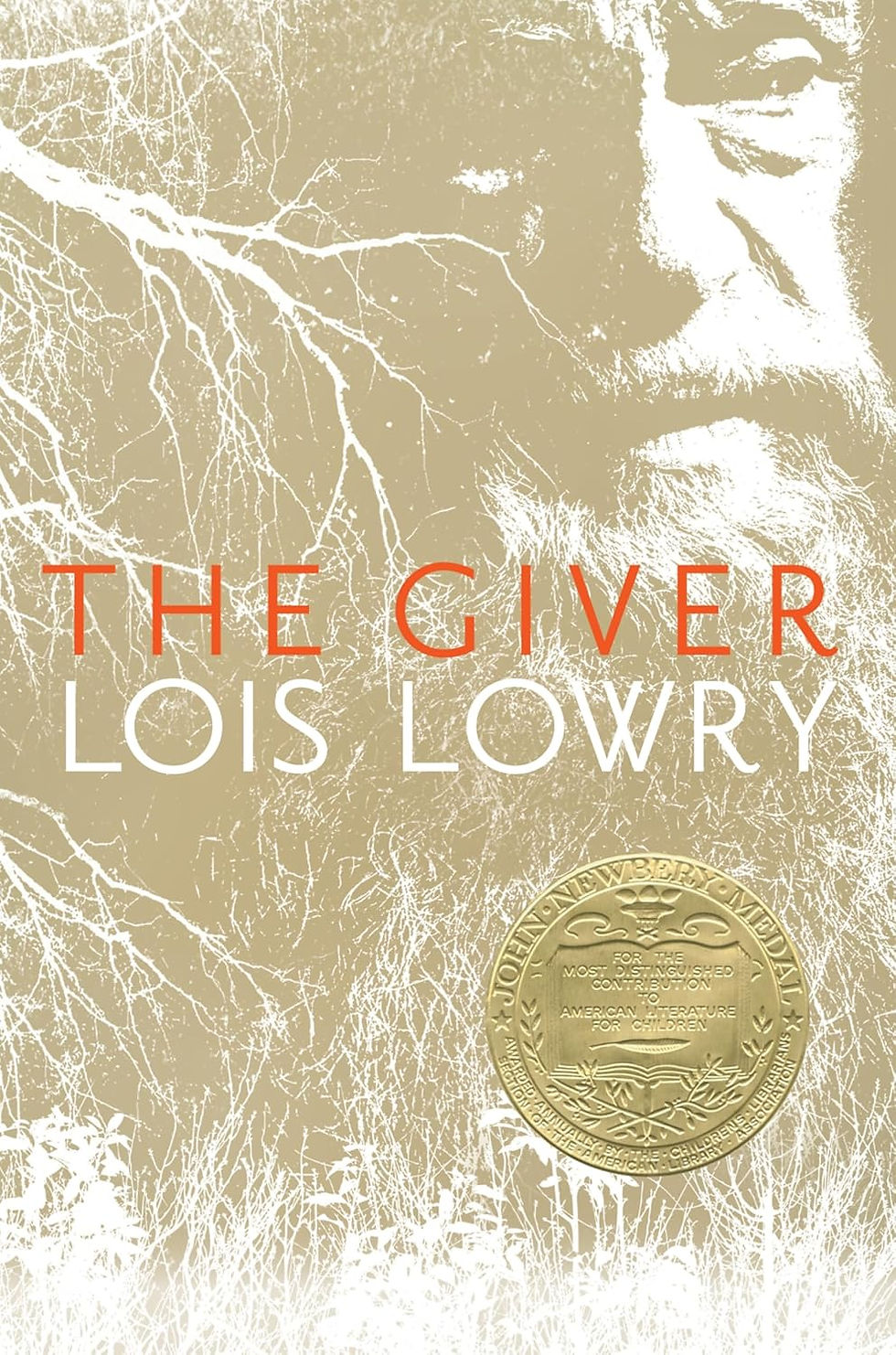Gothic Tales: Unveiling the Shadows of Classic Literature
- ilena2
- Mar 1, 2024
- 4 min read
Step into the dimly lit corridors of literary history, where the Gothic genre casts its haunting shadows. Gothic classic literature, born in the late 18th century, has left an indelible mark on the literary landscape. In this exploration, we'll unravel the history of the Gothic genre and present a personal challenge: to delve into the eerie realms of these timeless tales and unearth the hidden themes that lurk within.
The Birth of Gothic Literature
Gothic literature emerged in the late 18th century as a reaction to the rationality of the Enlightenment. The genre found its roots in Horace Walpole's "The Castle of Otranto" (1764), a tale of supernatural occurrences, mysterious castles, and damsels in distress. The Gothic movement gained momentum with works like Ann Radcliffe's "The Mysteries of Udolpho" and Matthew Lewis's "The Monk," which introduced elements of horror, suspense, and the macabre.
Key Themes
The Sublime and Supernatural: Gothic literature often explores the mysterious and supernatural. Expect to encounter haunted castles, ghosts, and unexplainable occurrences that challenge the boundaries of reality.
Gothic Architecture and Settings: Dark, imposing castles, ancient abbeys, and decaying mansions serve as atmospheric backdrops for Gothic tales. These settings contribute to the sense of foreboding and unease.
Romantic Elements: Love and passion, often forbidden or unrequited, play a central role. Romantic entanglements are heightened by the oppressive and mysterious surroundings.
The Byronic Hero or Anti-Hero: Characters with complex moralities, haunted pasts, and a certain brooding charisma are common in Gothic literature. The Byronic hero embodies both virtue and vice.
The Femme Fatale: Gothic stories frequently feature a mysterious and alluring female character who may be a source of danger or temptation.
Exploring the Shadows
Embark on a personal challenge to immerse yourself in the world of Gothic classic literature. Choose a selection of works from the genre and pay attention to the following:
Identify the supernatural elements and examine how they contribute to the overall atmosphere.
Analyze the role of the setting in creating a sense of dread and suspense.
Explore the complex relationships and emotions depicted in the narrative.
Consider the moral ambiguity of characters and the ethical dilemmas they face.
Here are some recommendations of Gothic tales that showcase the eerie and mysterious elements characteristic of the genre:
"Frankenstein" by Mary Shelley
Mary Shelley's iconic work explores the consequences of playing with the forces of life and death. Dr. Frankenstein's creation, a grotesque and misunderstood creature, becomes a symbol of humanity's unchecked ambition.
"Dracula" by Bram Stoker
Bram Stoker's classic introduces Count Dracula, a vampire with a thirst for blood, and follows the battle between the Count and those who seek to stop his dark influence. The novel is renowned for its Gothic atmosphere and themes of fear and desire.
"Wuthering Heights" by Emily Brontë
Emily Brontë's haunting tale unfolds on the desolate moors, portraying the destructive and passionate love between Heathcliff and Catherine Earnshaw. The atmospheric setting and complex characters contribute to its Gothic allure.
"Rebecca" by Daphne du Maurier
This psychological thriller follows the second Mrs. de Winter as she grapples with the lingering presence of her husband's first wife, Rebecca. The Manderley estate serves as a brooding backdrop for dark secrets and suspense.
"The Picture of Dorian Gray" by Oscar Wilde
Oscar Wilde's novel explores the corrupting influence of aestheticism and the consequences of a Faustian bargain. The portrait of Dorian Gray becomes a chilling reflection of his moral decay.
"Jane Eyre" by Charlotte Brontë
Charlotte Brontë's classic novel follows the orphaned Jane Eyre as she becomes a governess at Thornfield Hall. The mysterious Mr. Rochester and the secrets concealed within the mansion contribute to the Gothic atmosphere.
"The Monk" by Matthew Lewis
Matthew Lewis's Gothic novel is a tale of a monk's descent into depravity and demonic temptation. Filled with supernatural elements and moral ambiguity, "The Monk" is a provocative exploration of sin and redemption.
"The Fall of the House of Usher" by Edgar Allan Poe
Edgar Allan Poe's short story is a masterclass in Gothic fiction. It follows the narrator as he visits the decaying mansion of the Usher family, where he encounters madness, death, and a sense of impending doom.
"The Turn of the Screw" by Henry James
Henry James's novella is a ghost story that explores the psychological unraveling of a governess as she cares for two seemingly innocent children in a remote estate. The ambiguity of the supernatural elements adds to the eerie atmosphere.
"Northanger Abbey" by Jane Austen
Jane Austen's satire of Gothic literature follows Catherine Morland, an impressionable young woman who becomes enamored with Gothic novels. The novel playfully explores the contrast between Gothic fantasies and everyday life.
These Gothic tales offer a diverse range of narratives, characters, and atmospheres, making them excellent choices for those intrigued by the darker and mysterious side of classic literature.
Gothic classic literature invites readers to confront the mysterious and the macabre, to peer into the shadows that linger at the edges of our imagination. As you embark on this personal challenge, let the haunting beauty of the Gothic genre envelop you, and may the tales of eerie castles and enigmatic characters leave an indelible mark on your literary journey. Happy exploring!






Comments